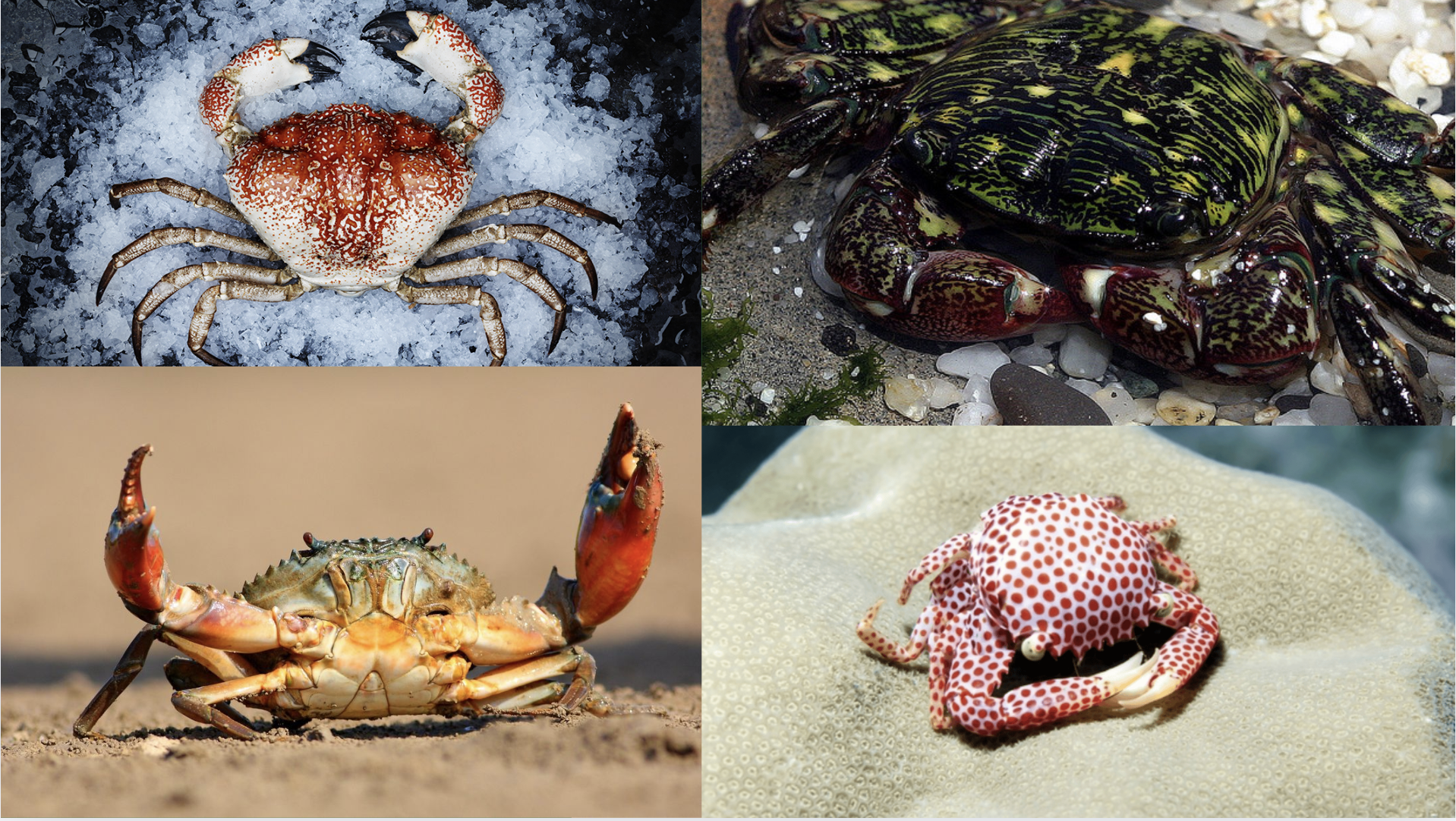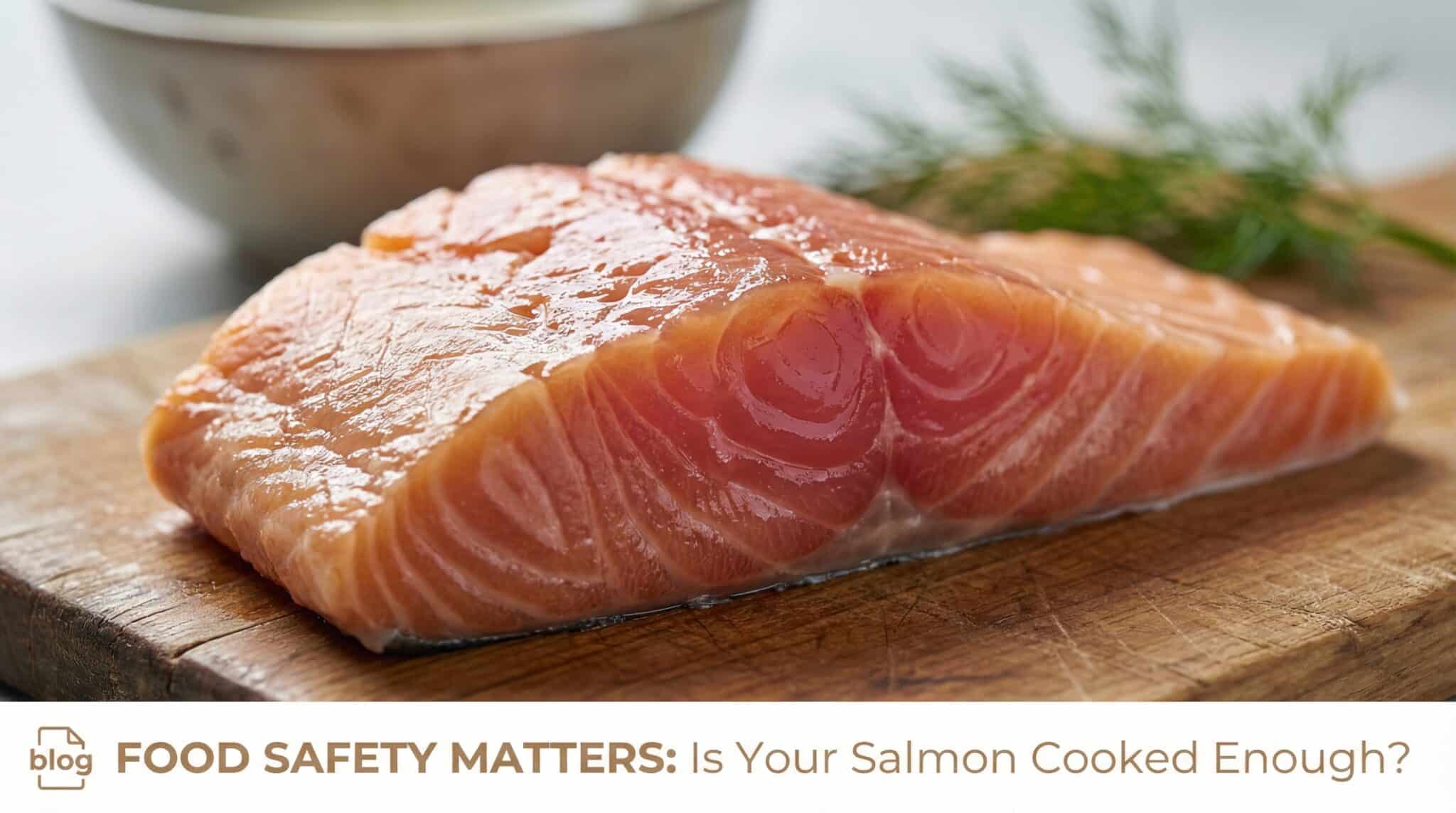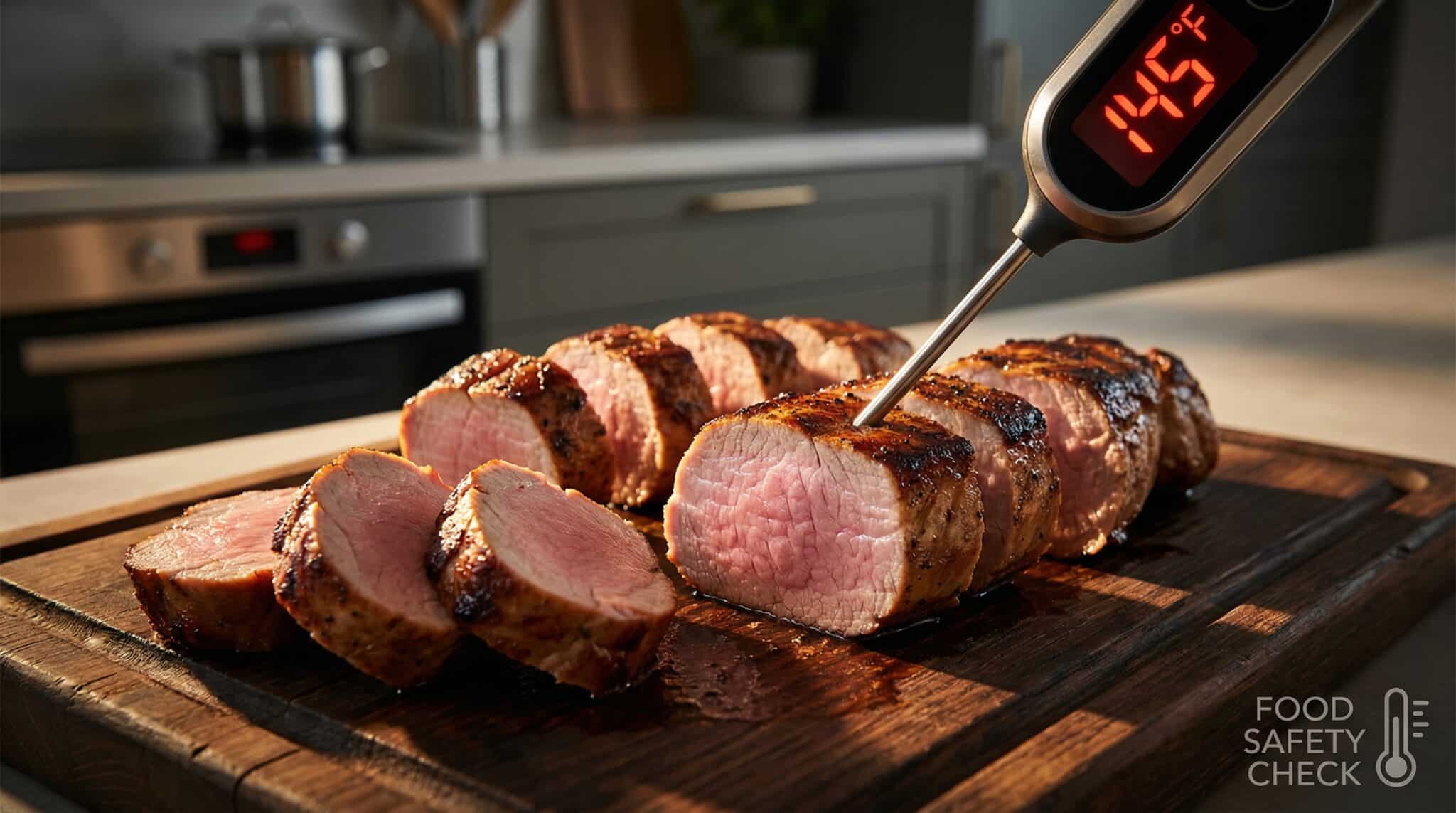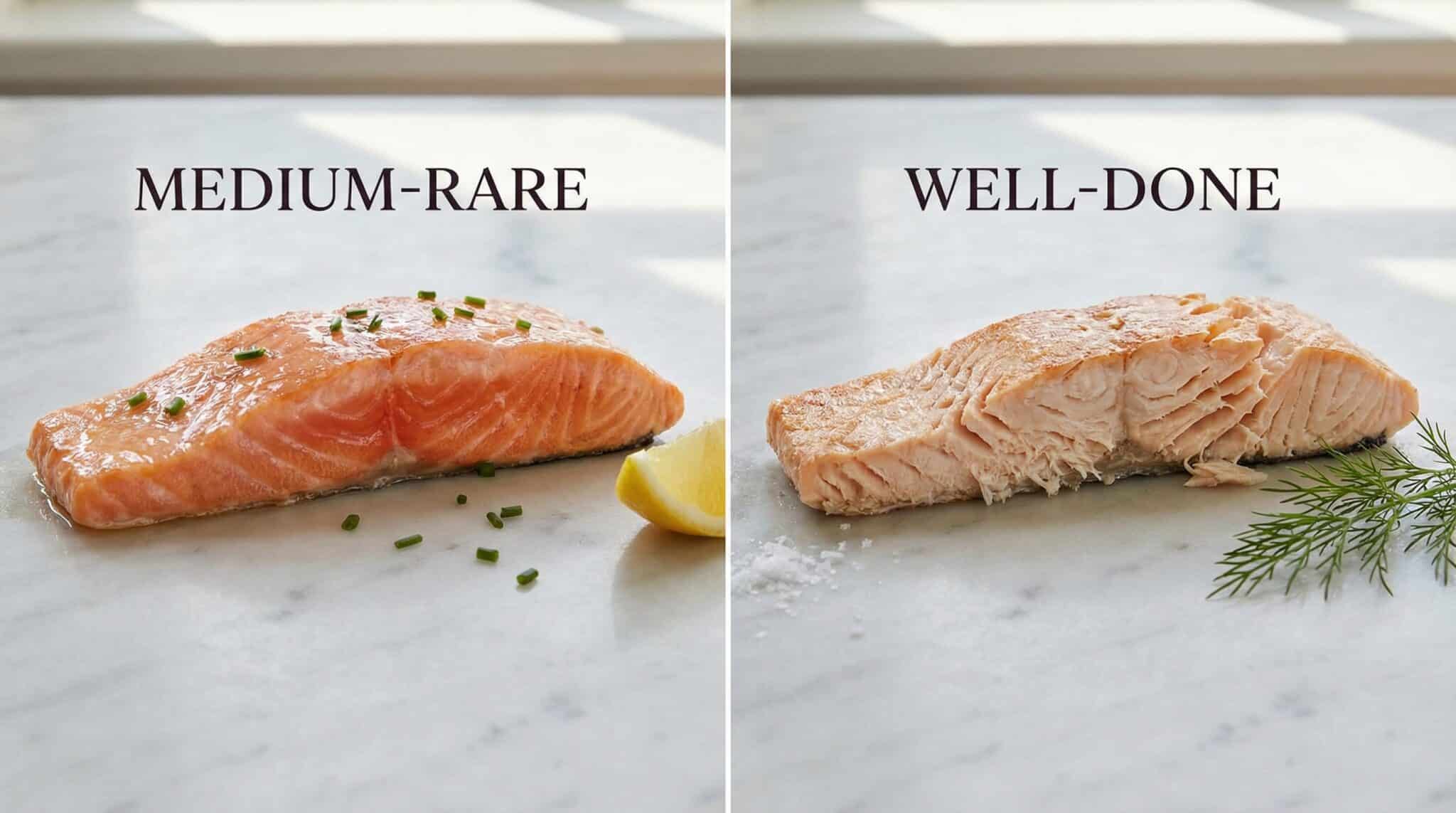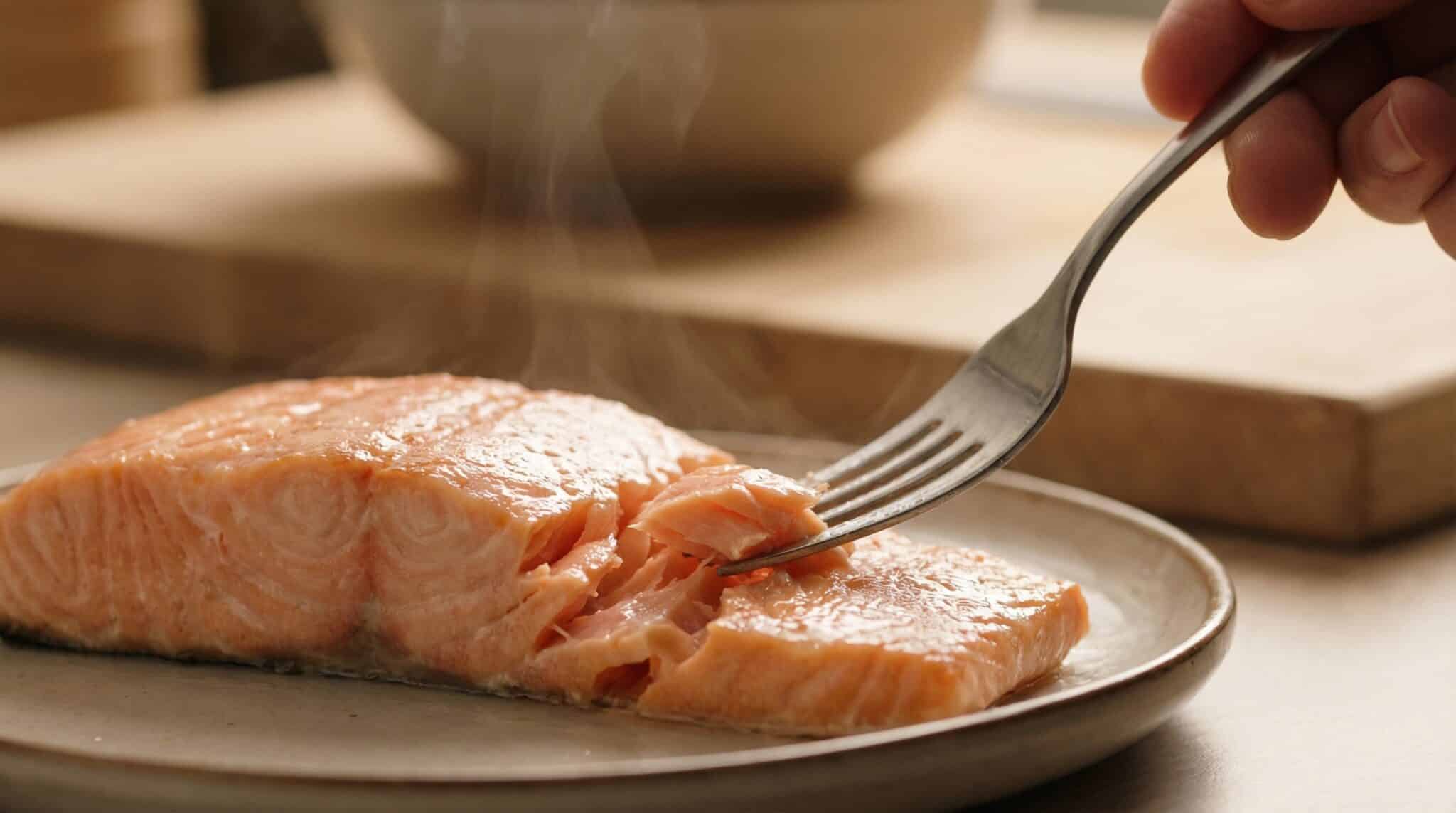Ever wondered how many types of crabs are out there?
Believe it or not, there are over 6,700 species living in oceans, rivers, and even on land.
Some are tiny and colorful, while others are huge with legs longer than your arms. They live in all kinds of places,from deep ocean floors to muddy mangroves and sunny beaches.
Crabs are not just fun to spot at the beach;they are also an important food for many people around the world.
In this guide, you will learn about 17 different types of crabs you might find at a seafood market, in an aquarium, or along the shore.
1. King Crab
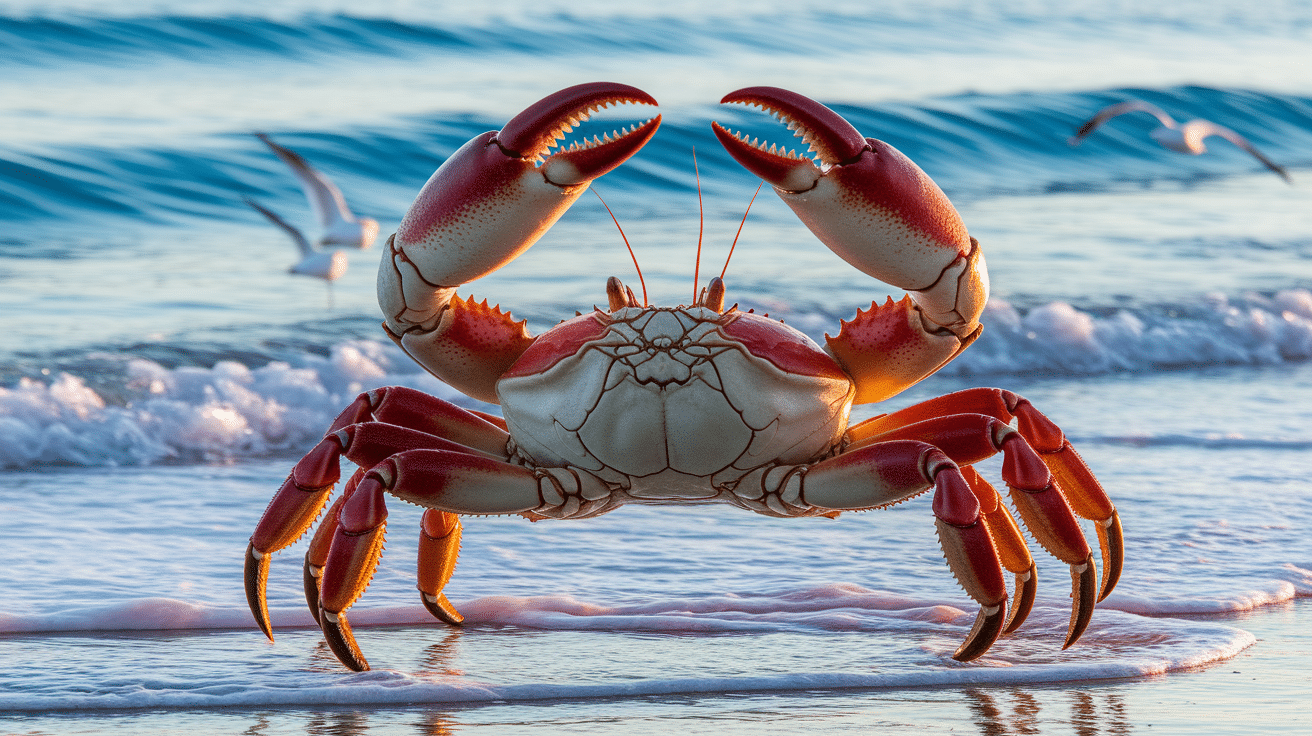
King crabs are known as the giants of the sea, known for their massive legs and buttery, lobster-like meat. Their spiky shells and rich flavor make them a top-tier delicacy, especially during cold months.
Typically harvested in Alaskan and Japanese waters, they are pre-cooked and frozen before hitting market shelves.
- Size: 6 to 25 pounds, legs up to 5 feet long
- Color: Bright white meat with red edges
- Price & Availability: $40–$70 per pound, harvested November–January
- Nutrition: High in protein, omega-3s, zinc, B12
- Preparation: Pre-cooked and frozen; steam, bake, or boil; serve with lemon or butter
- How to Identify: Look for thick, spiny red shells and huge legs up to 5 feet long. Their claws are small, but the legs carry most of the meat.
2. Blue Crab
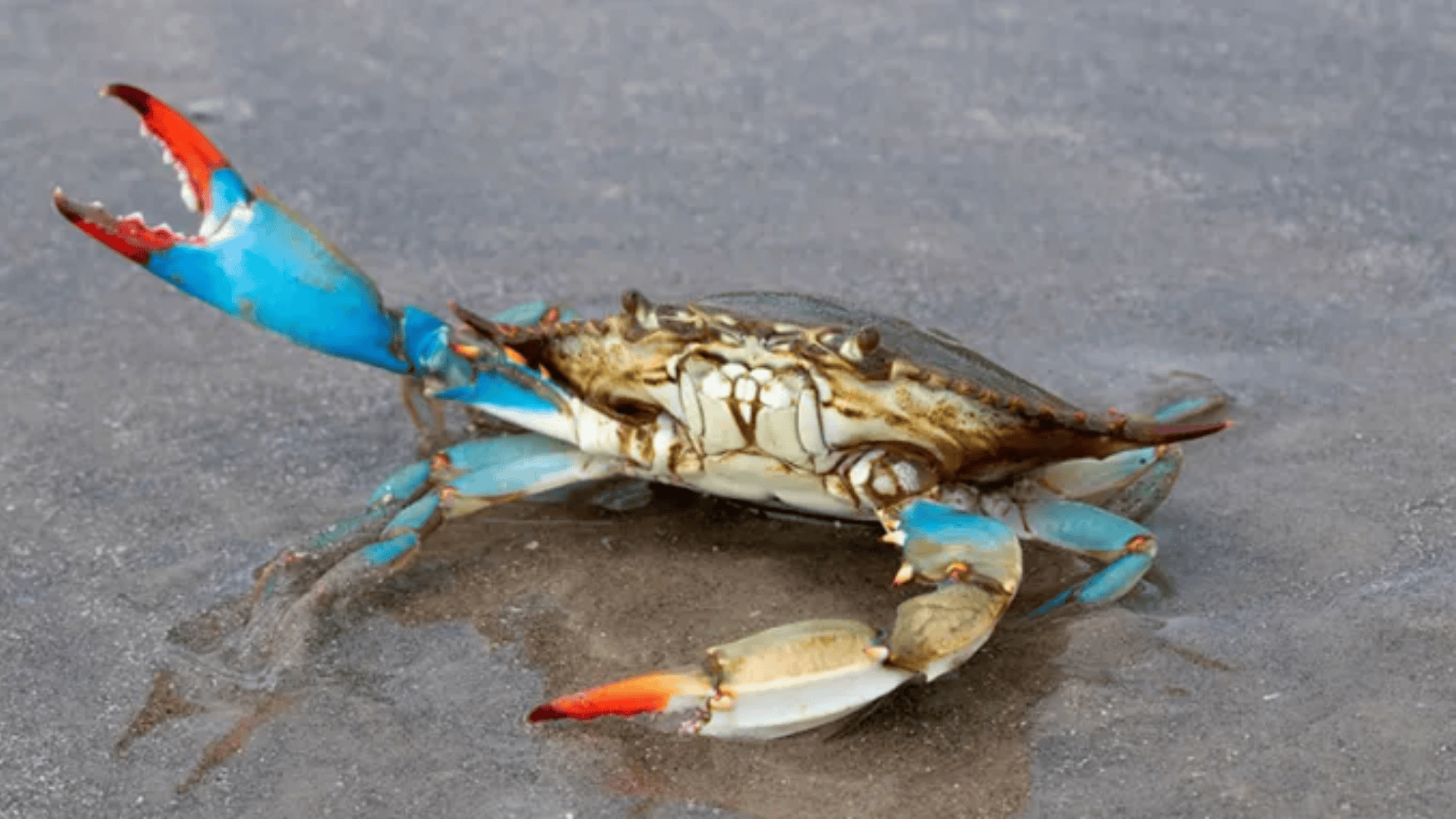
Blue crabs are East Coast favorites, especially in Chesapeake Bay. Small but flavorful, they are recognized for their blue claws and olive shells.
Their meat is sweet and tender, perfect for crab cakes and steamed platters. They are typically harvested in warmer months and enjoyed with spices like Old Bay.
- Size: Around 5 to 7 inches across
- Color: Olive back, bright blue claws
- Price & Availability: $5–$10 per pound and seasonal availability
- Nutrition: Low in fat, high in protein
- Preparation: Often steamed with Old Bay; used in crab cakes and soups
- How to Identify: Notice the bright blue claws and wide, oval shell with jagged edges. Females have red tips on their claws and a rounded apron underneath.
3. Dungeness Crab
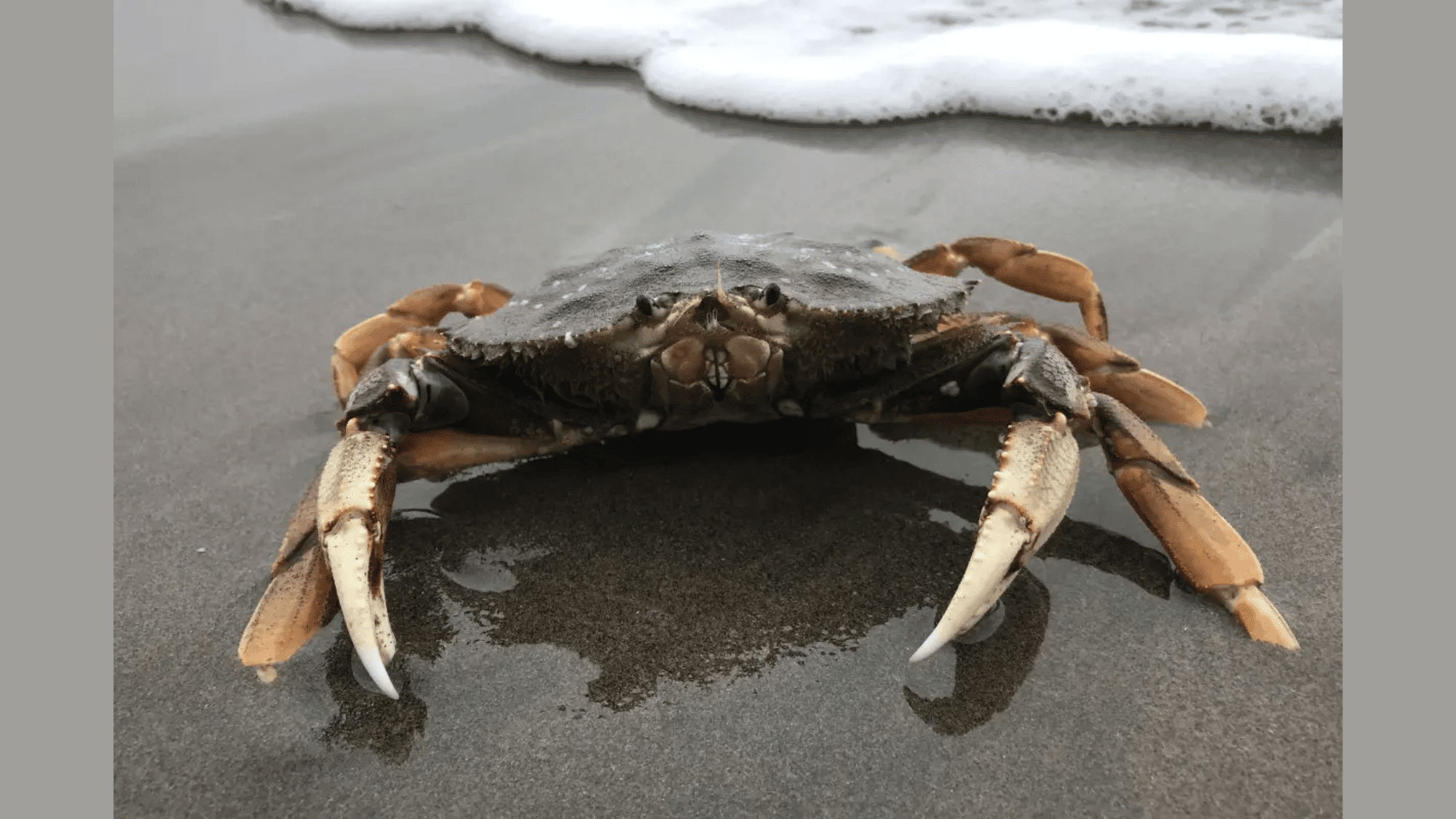
Dungeness crabs are known for their sweet, nutty flavor. Their wide and hard shells hold firm, white meat that’s ideal for steaming.
It is often used for crab dips and salads, and is commonly found Pacific Northwest, and in winters when it is freshest and most flavorful.
- Size: Up to 2 pounds, 10-inch shell
- Color: Light brown shell, white meat
- Price & Availability: $10–$20 per pound; November–December prime season
- Nutrition: Great protein source, low in calories
- Preparation: Steamed whole, cracked for crab salads or dips
- How to Identify: Look for a broad, reddish-brown shell with a fan-shaped underside. Their claws are smooth and curved, and their meat has a rich aroma when steamed.
4. Snow Crab
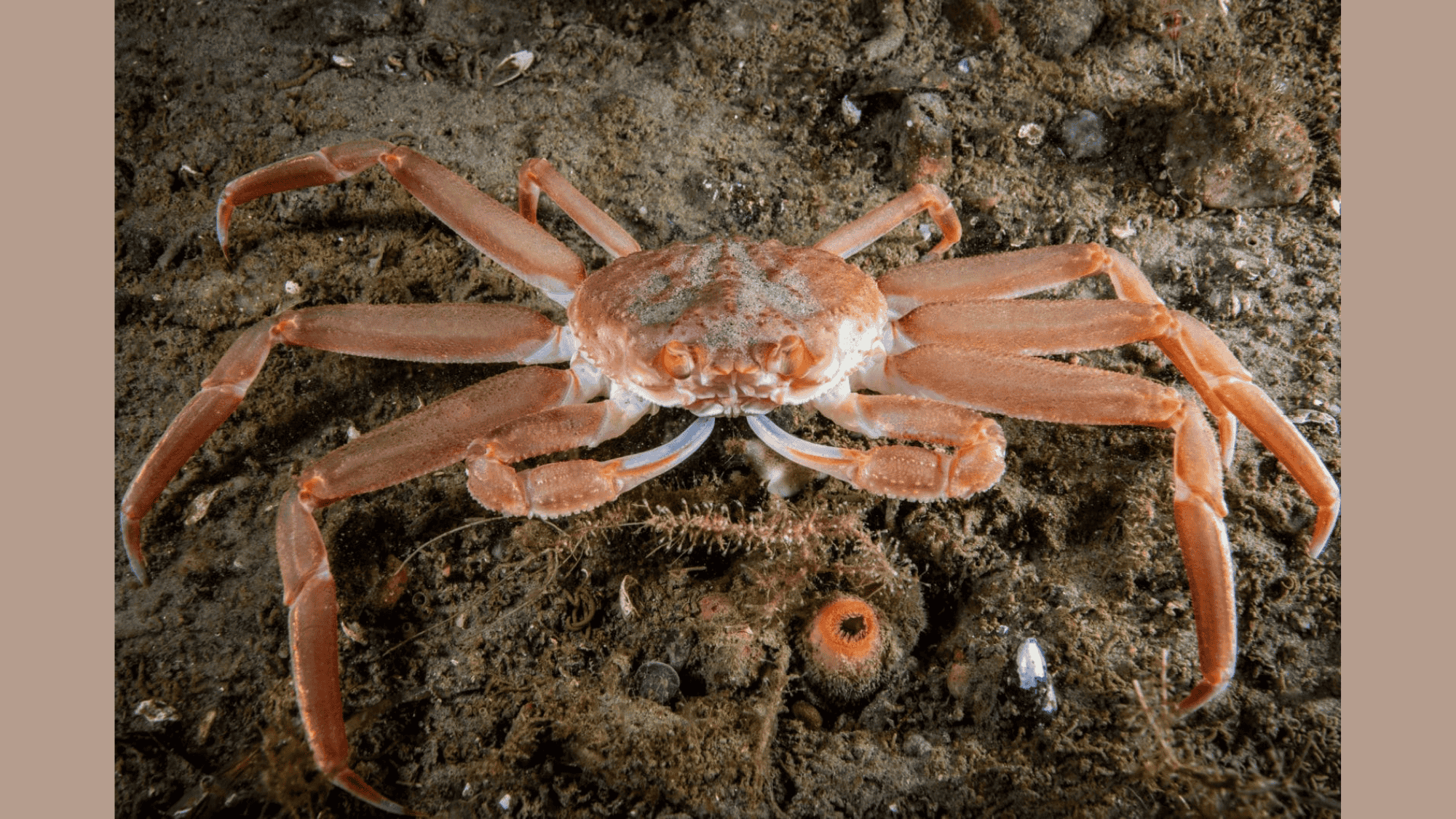
Snow crabs have long, slender legs and are commonly sold in clusters. Found in cold waters, their meat is fibrous, mildly sweet, and ideal for boiling or steaming.
They are commonly found in the North Atlantic and Pacific, and are relatively cheap, making them a popular option for seafood lovers and buffets alike during the winter season.
- Size: 6–8 inches; leg span up to 2 feet
- Color: White meat with orange-pink shell
- Price & Availability: $15–$25 per pound, widely available
- Nutrition: Low fat, high protein, rich in selenium
- Preparation: Best steamed or broiled; dip in butter
- How to Identify: Identify them by their orange-pink shell and slim legs. Their legs bend outward, and the white meat separates easily into strings when cracked.
5. Stone Crab
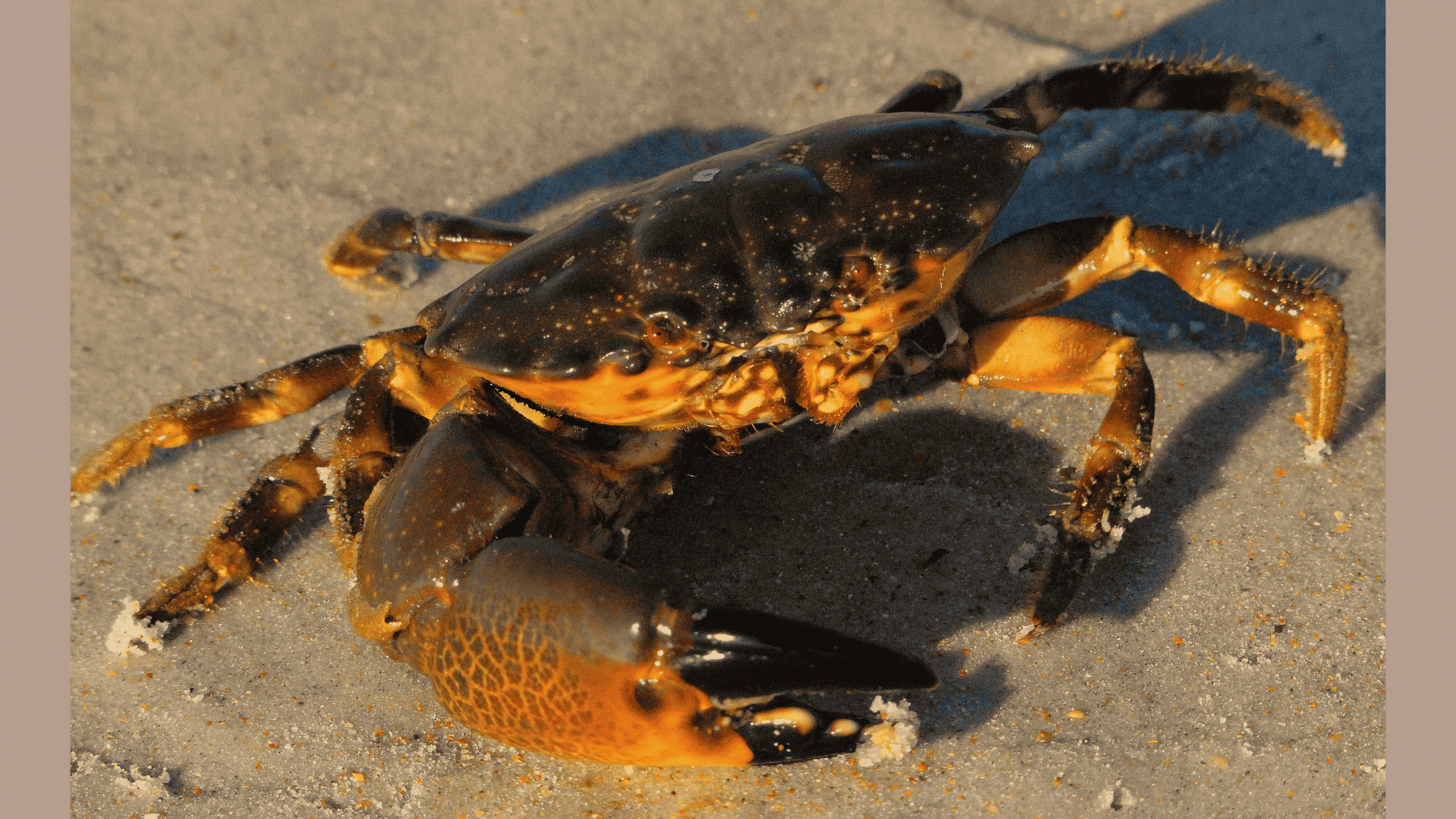
Stone crabs are unique for their regenerative claws, which are harvested and allowed to regrow. Their claws are black-tipped and packed with dense, slightly sweet meat.
These Florida natives are a delicacy when served chilled with mustard sauce.
- Size: Claws up to 3–4 inches long
- Color: Black-tipped claws, dark brown shell
- Price & Availability: $25–$40 per pound (market price fluctuates); Oct–May
- Nutrition: Rich in protein and minerals
- Preparation: Served chilled with mustard sauce; claws are pre-cooked
- How to Identify: Spot their dark, black-tipped claws and round bodies. Only the claws are harvested, so you’ll typically only see those on the market, not the entire crab.
6. Mud Crab
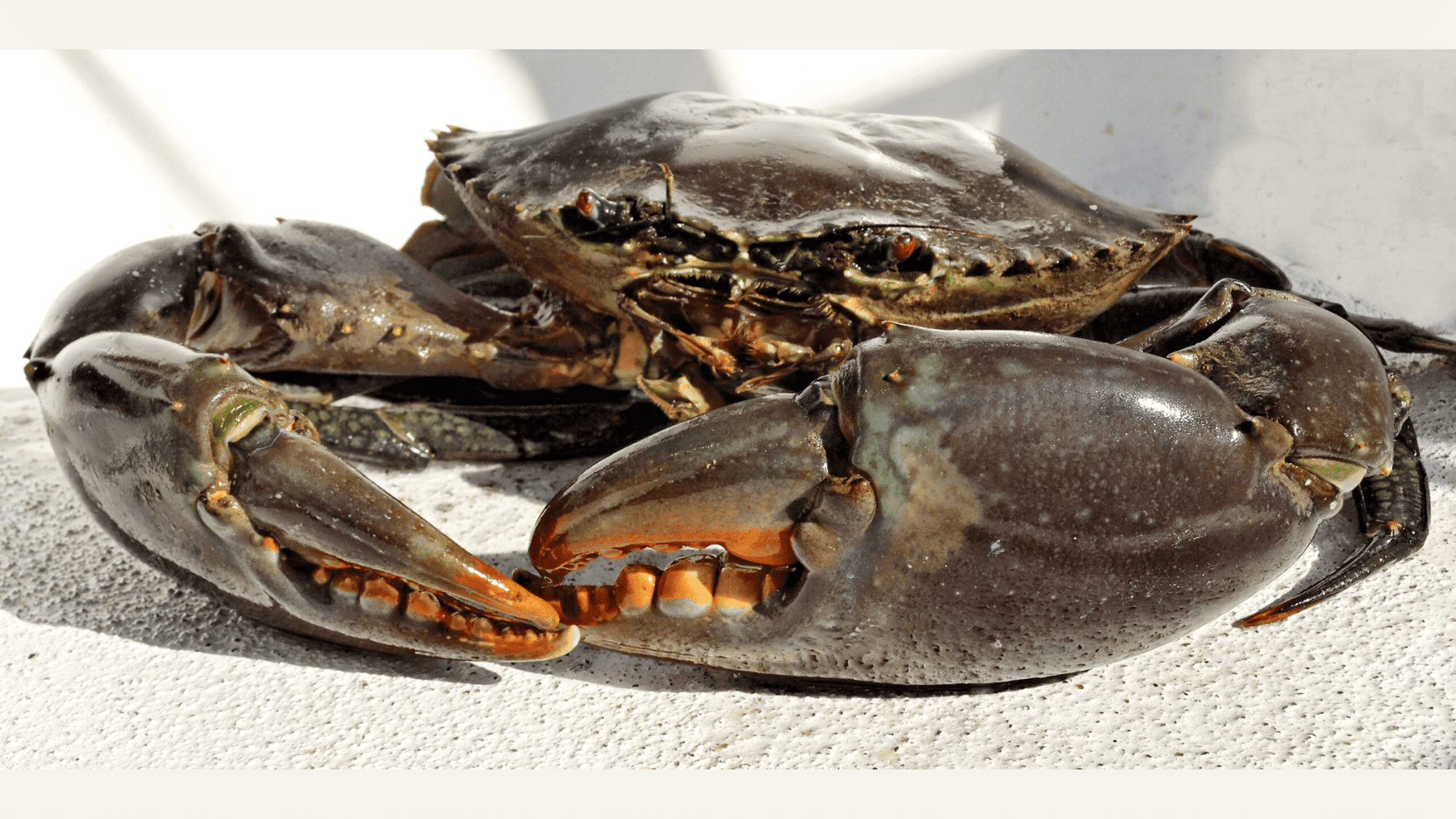
Mud crabs are popular in Southeast Asian cuisine, especially for chili crab dishes. Found in Asia-Pacific muddy mangroves, they have dark green to black shells and juicy meat.
They are farmed in many regions and prized for their rich flavor and high protein content, often stir-fried or boiled in spicy sauces.
- Size: Width around 6-9 inches
- Color: Dark green to black shell
- Price & Availability: $15–$30 per pound, farmed in some regions
- Nutrition: High in iron and protein
- Preparation: Used in chili crab, stir-fried dishes
- How to Identify: Their shell is dark, almost black, with strong claws. They’re commonly seen in mangrove forests or seafood markets near Asian coastal towns.
7. Jonah Crab
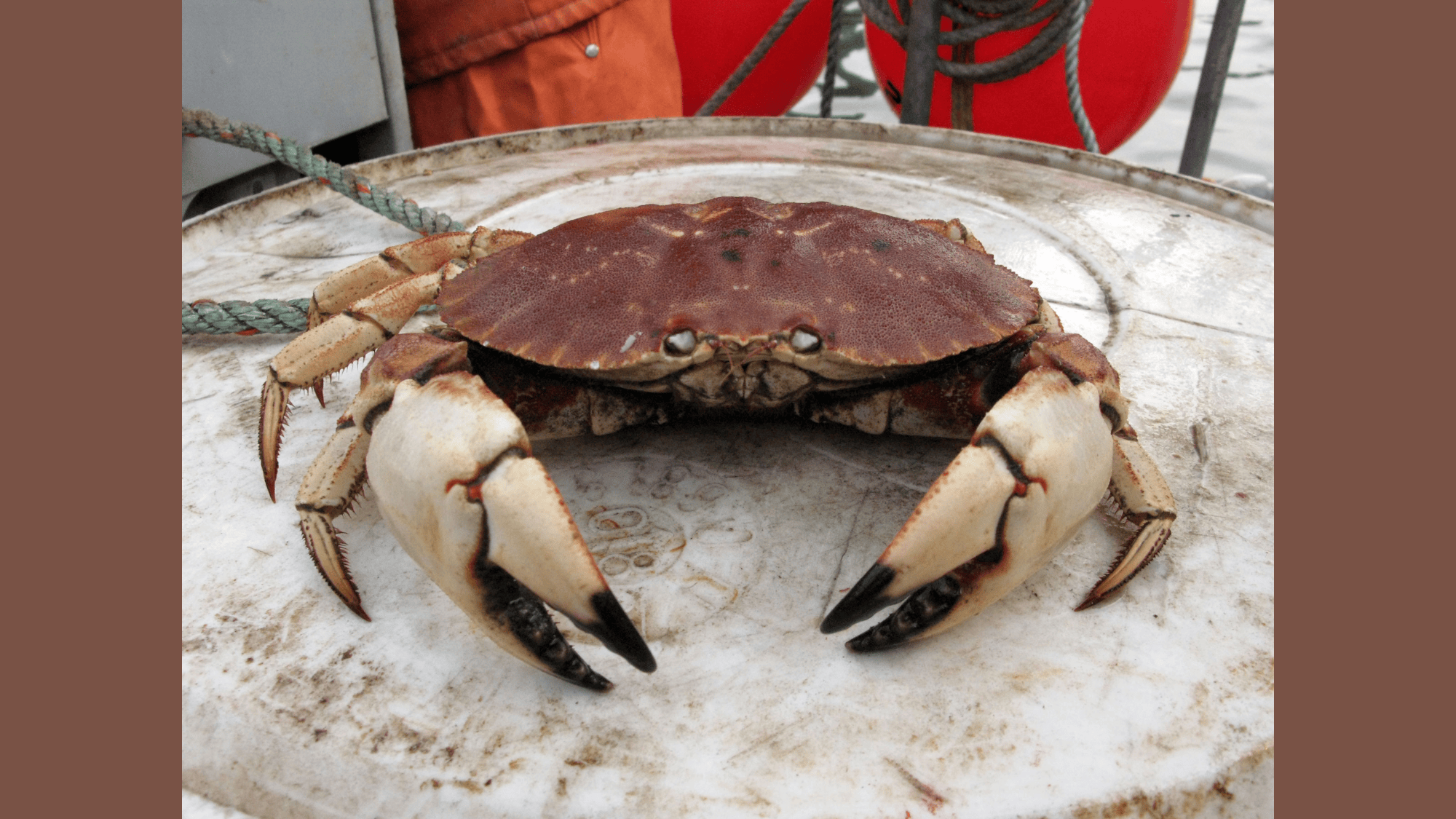
Jonah crabs are Atlantic natives, similar to Dungeness crabs but with a denser texture.
They are often caught incidentally by lobster fishermen and have become more popular in recent years for their sweet, meaty flesh.
- Size: Width 6–8 inches
- Color: Reddish-brown shell with black-tipped claws
- Price & Availability: $5–$8 per pound, often a bycatch
- Nutrition: Good source of protein and iodine
- Preparation: Great in crab cakes, dips, and stews
- How to Identify: They have rough-textured, reddish shells and thick black-tipped claws. Their bodies are broad, and the meat is especially dense in the claws.
8. Red Rock Crab
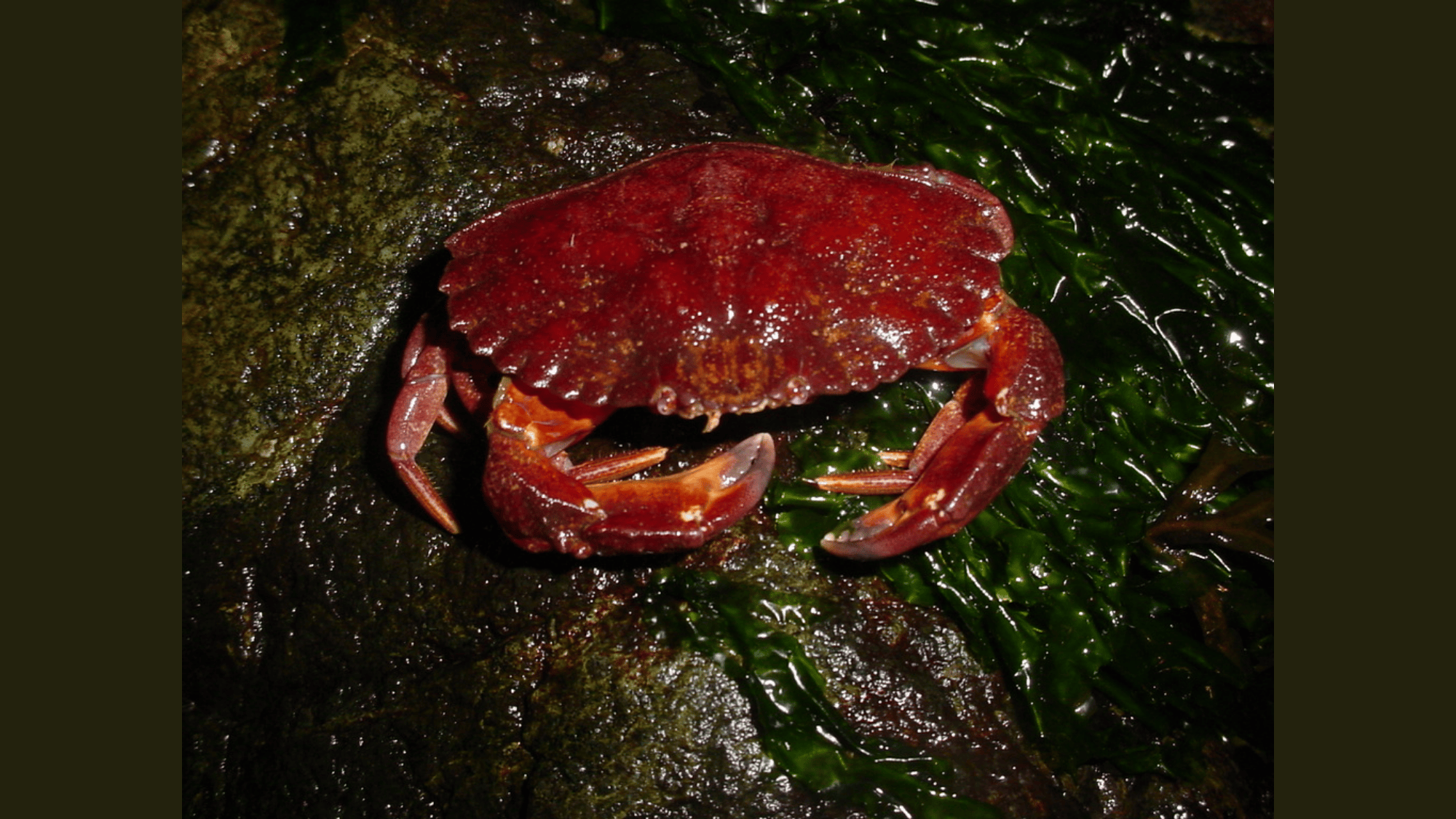
Red rock crabs are tough-shelled crabs found along the Pacific coast. Though smaller than Dungeness, their bold, briny flavor is loved in seafood boils.
They are lean, protein-rich, and often caught wild. Their deep red shell makes them visually striking.
- Size: Width around 4–6 inches
- Color: Deep red shell
- Price & Availability: $5–$10 per pound, and wild-caught
- Preparation: Best steamed or cracked into seafood boils
- How to Identify: Spot their deep red, glossy shells. They have smaller claws but strong pincers, and their shells are harder than those of other crabs of their size.
9. Spider Crab
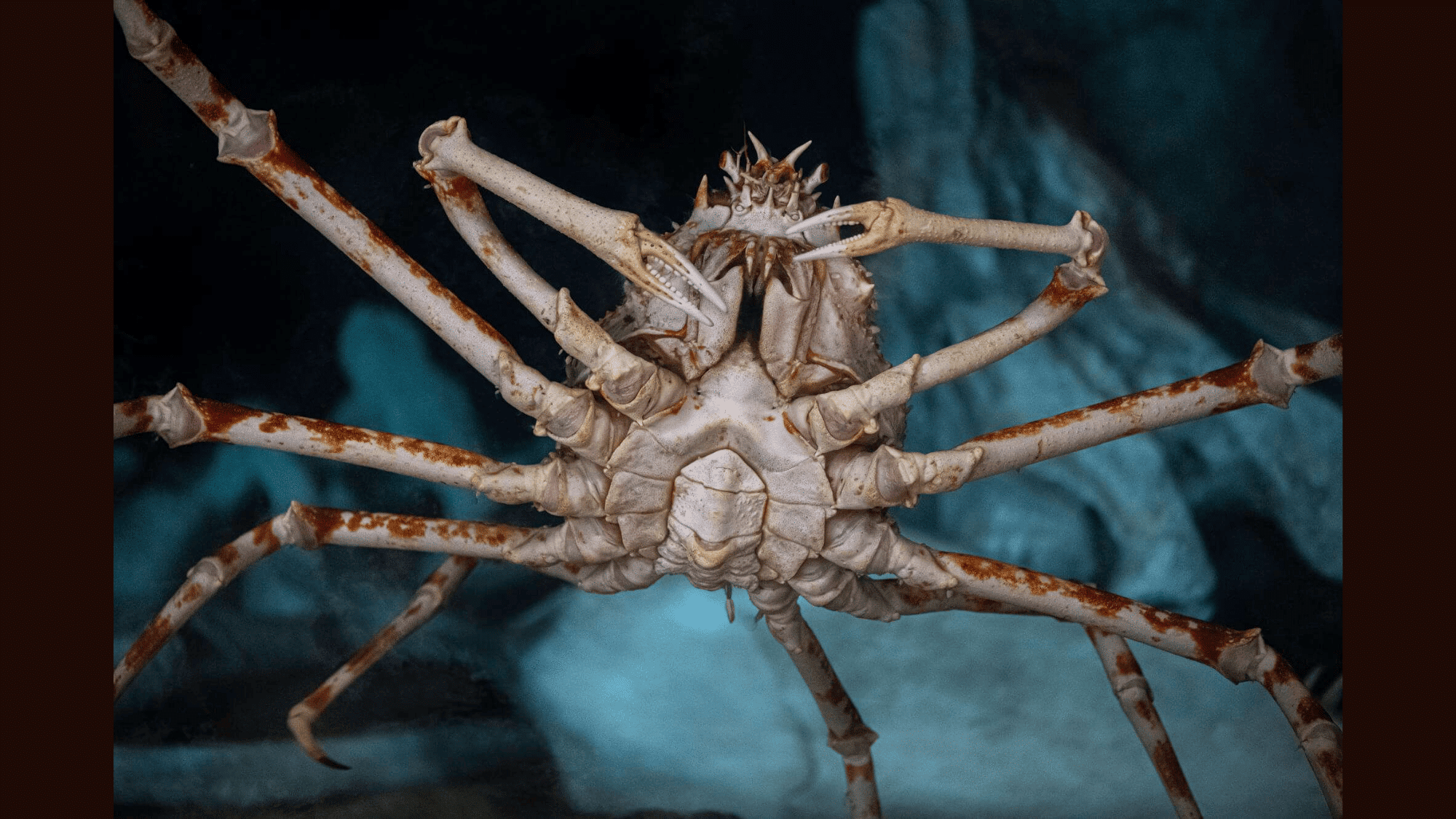
Spider crabs have long legs and spiny, bumpy shells and are found in the Atlantic, Mediterranean, and Pacific. Their meat is soft, stringy, and mild, making them better for soups than main dishes.
These crabs can grow very large, and though they are not favored for eating. They are often used in stocks, especially in Mediterranean cuisine.
- Size: Up to 3 feet leg span (larger varieties)
- Color: Brownish-red with a bumpy shell
- Price & Availability: $3- $7, easily found
- Nutrition: Low-fat, mineral-rich
- Preparation: Used for stock, soup, or whole steaming
- How to Identify: Look for spindly legs and a rough, textured shell. Their bodies are small compared to their limbs, and they move slowly in shallow waters.
10. Peekytoe Crab
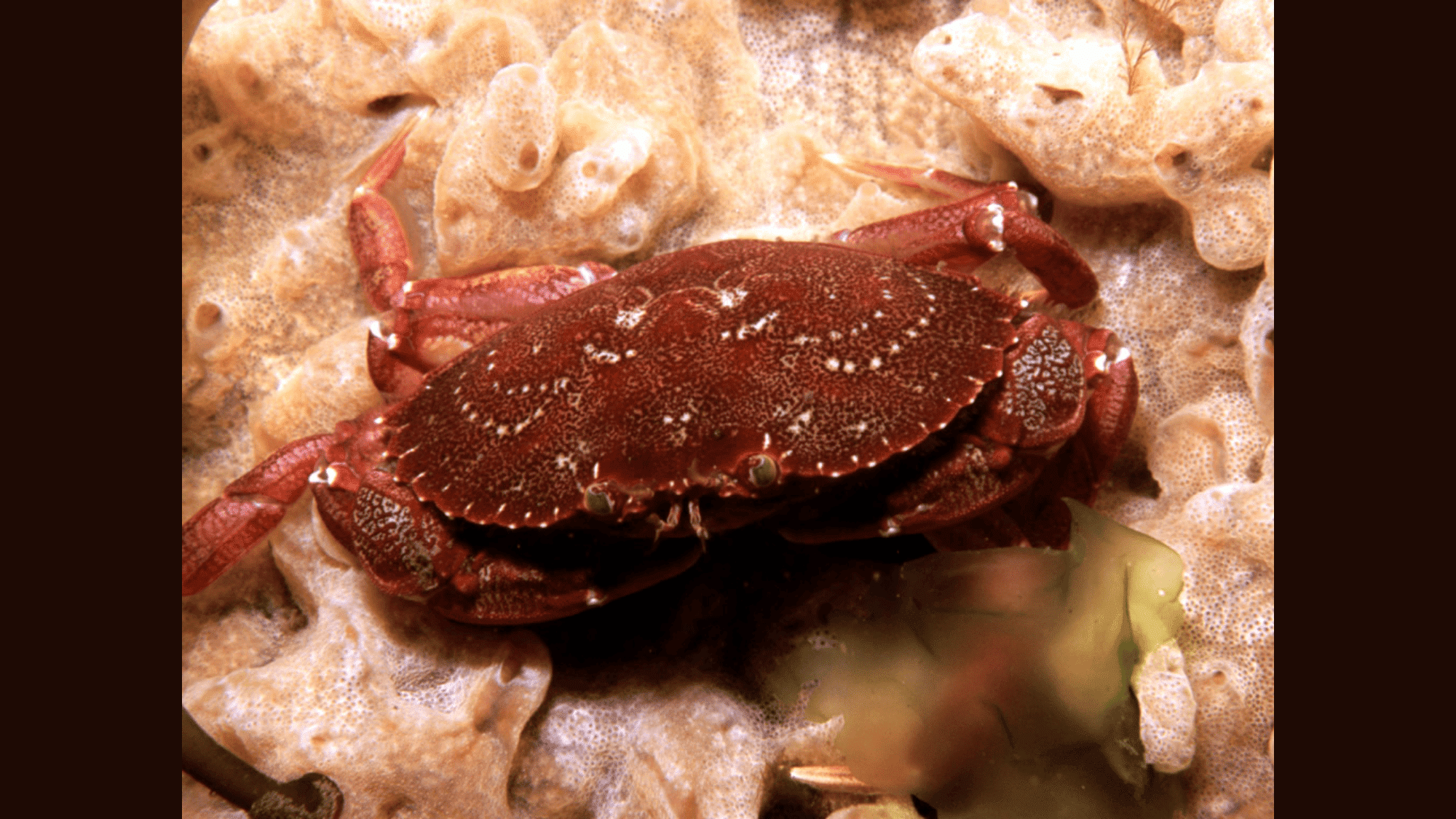
Once discarded, Peekytoe crabs from Cold Atlantic waters are now a delicacy. They have a reddish-brown shell and offer very sweet, delicate meat.
Because they’re small and must be hand-picked, they’re often used in upscale cold dishes and crab salads. Their popularity has risen sharply in fine dining circles.
- Size: Small; around 0.5 to 1 pound
- Price & Availability: $30–$50 per pound, Premium due to hand-picking
- Nutrition: Lean meat with high protein
- Preparation: Best in salads, cold appetizers, or light pastas
- How to Identify: Identified by their small size, reddish shell, and slightly turned-in walking legs (hence peekytoe).
11. Japanese Spider Crab
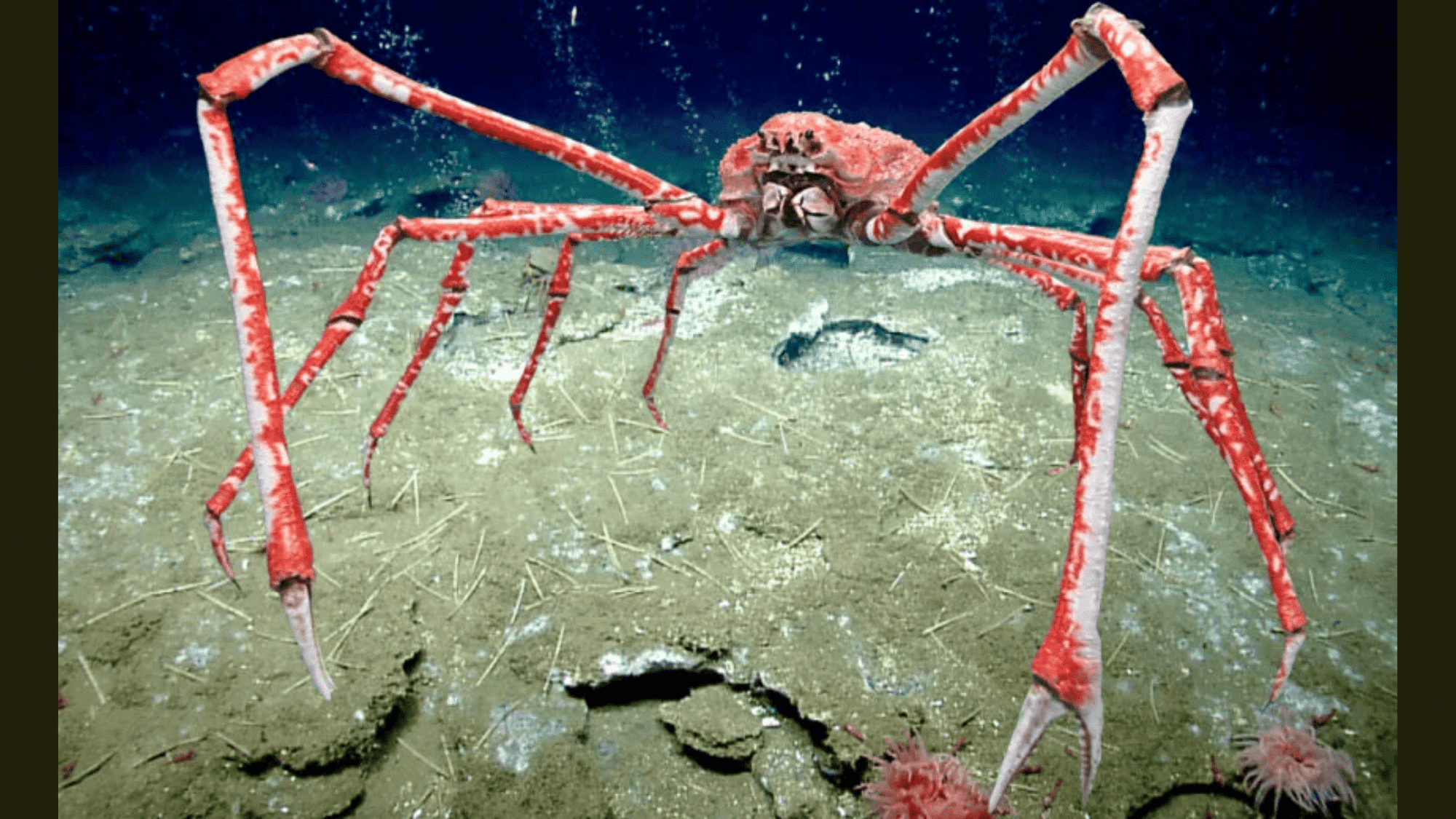
This is the world’s largest crab. Rarely consumed, they are more known for their monstrous size and odd appearance.
Their mild meat isn’t commonly sold, and they are mostly found in waters near Japan.
- Size: Massive, with legs up to 12 feet long.
- Taste and Texture: Mild and slightly sweet; not typically favored for dining.
- Color: Orange body with white spotted legs.
- Price & Availability: $100–$300+ per crab; more of a marine curiosity.
- Use: Mostly seen in aquariums or studied in marine biology.
- How to Identify: Look for extremely long, jointed legs with orange-and-white coloring. Their small body contrasts with their massive size, hard to miss in deep aquariums.
12. Mangrove Crab
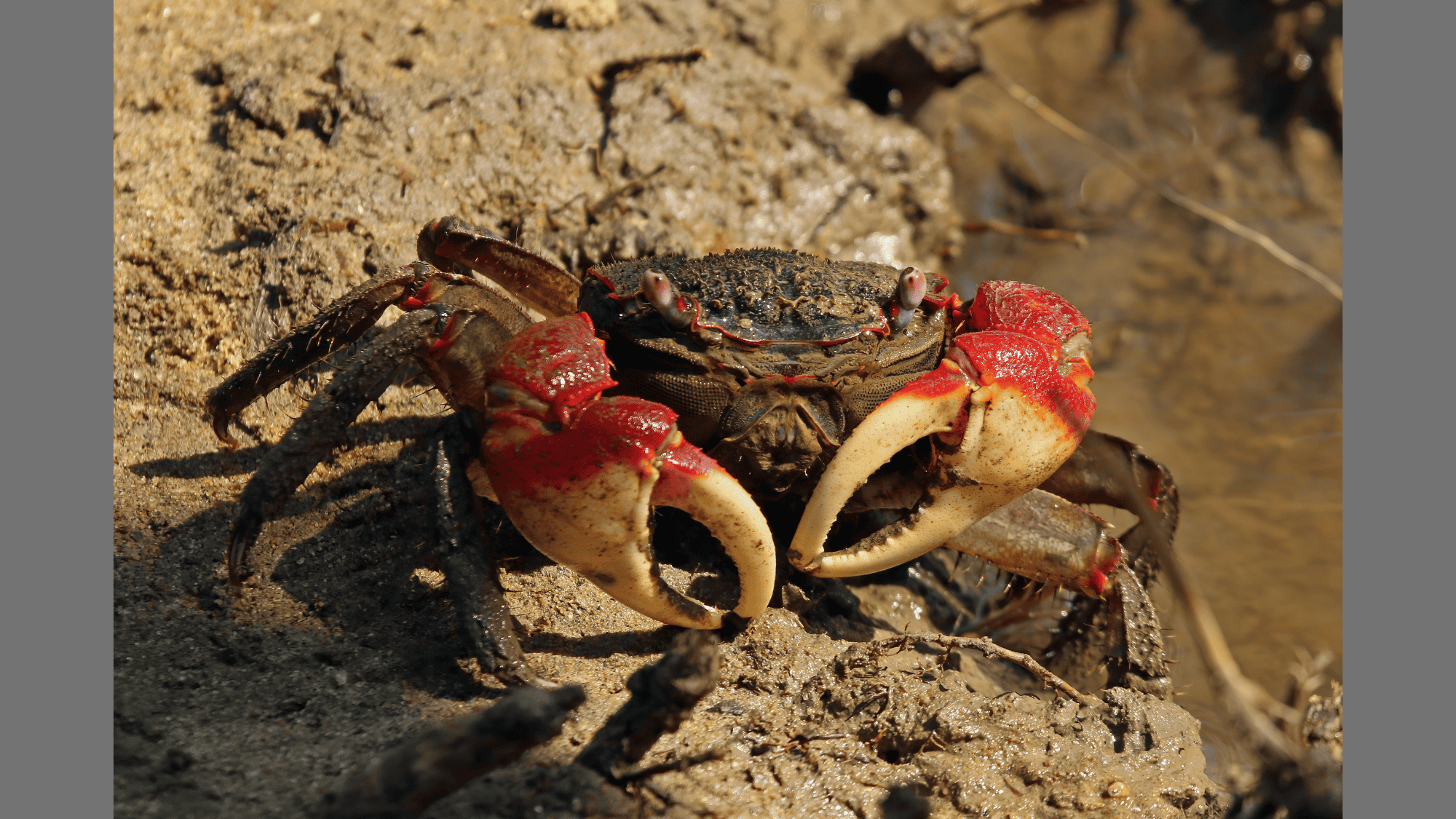
Mangrove crabs inhabit coastal wetlands and are vital to mangrove health. Common in Southeast Asia, they help break down organic matter.
Their meat is slightly sweet and is used in curries and stir-fries. They are often dark-colored and found clinging to mangrove roots and mudbanks.
- Size: 2 to 4 inches.
- Color: Dark shells, often black or purple.
- Availability: $8–$15 per pound; Regionally abundant.
- Use: Used in curries and local seafood dishes.
- How to Identify: Spot their dark, sometimes purple shells and sideways movement in mangrove forests. Often seen climbing mangrove roots or digging small burrows along the muddy banks.
13. Velvet Crab
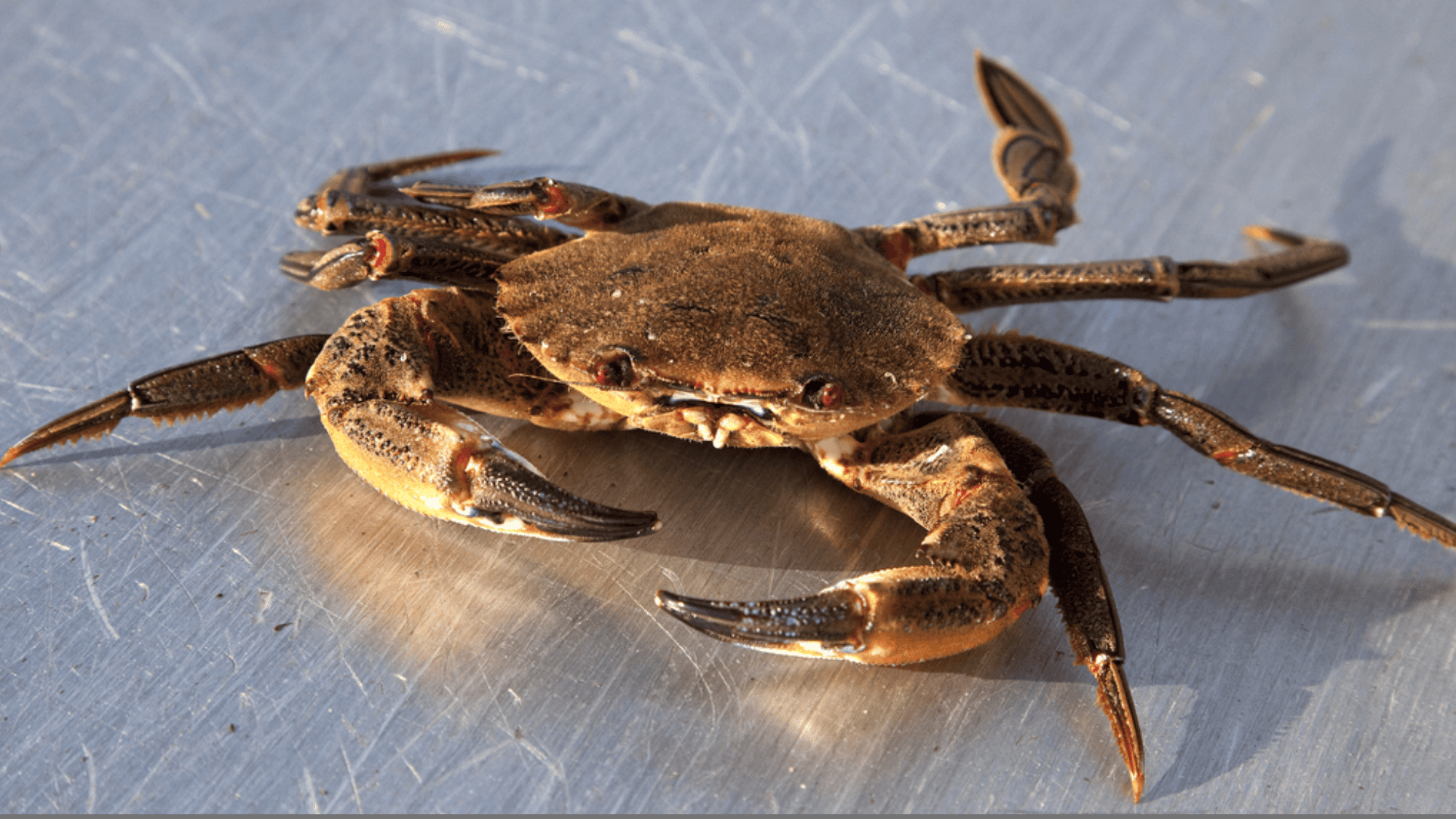
Velvet crabs, also called devil crabs, are small and covered in fine hairs, giving them a fuzzy appearance.
Native to Europe, they are considered a delicacy and are eaten whole when soft-shelled. Their meat is sweet and tender, and they’re usually fried or lightly steamed in regional seafood dishes.
- Size: Width 2.5 to 3.5 inches
- Color: Blue-black with a velvety texture.
- Availability: $8–$12 per pound; Seasonally caught.
- Use: Fried or steamed in coastal European cuisine.
- How to Identify: Identified by their small size, dark blue-black coloring, and velvety texture. Found in rocky coastal waters, especially around Western Europe.
14. Brown Crab
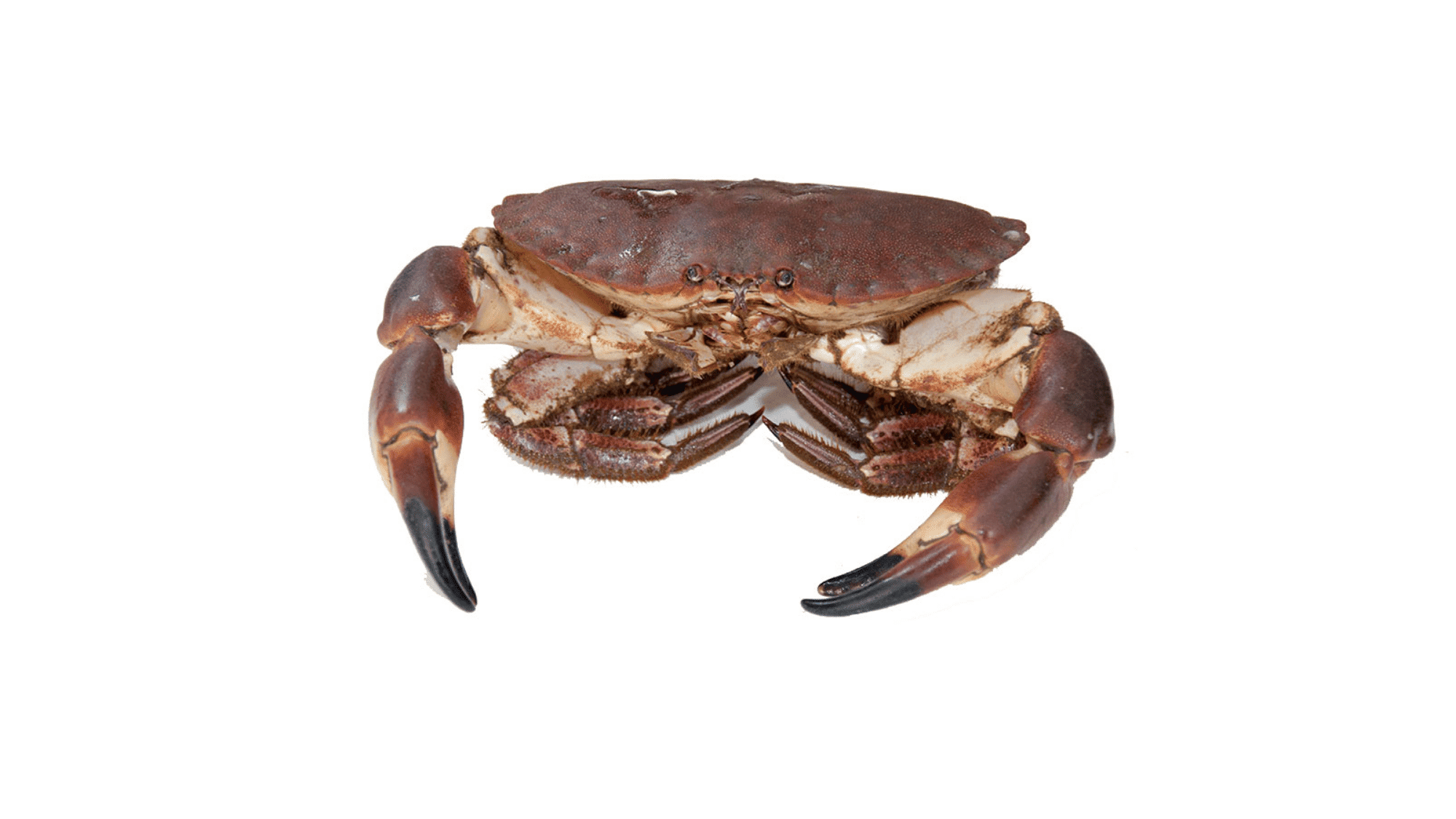
The brown crab is a staple of British cuisine, offering two types of meat: white from the claws and brown from the body. It has a sturdy shell and thick claws.
Widely available around the U.K., it’s served in crab pies, toast, or cold seafood platters.
- Size: Width up to 10 inches
- Color: Dark brown upper shell, cream-colored underside.
- Price & Availability: $8–$15 per pound; Widely available.
- Use: Served in pies, salads, or on toast.
- How to Identify: Look for a wide, dark brown shell with cream-colored undersides and beefy claws. Found along the Atlantic coasts of the British Isles and Ireland.
15. Swimming Crab
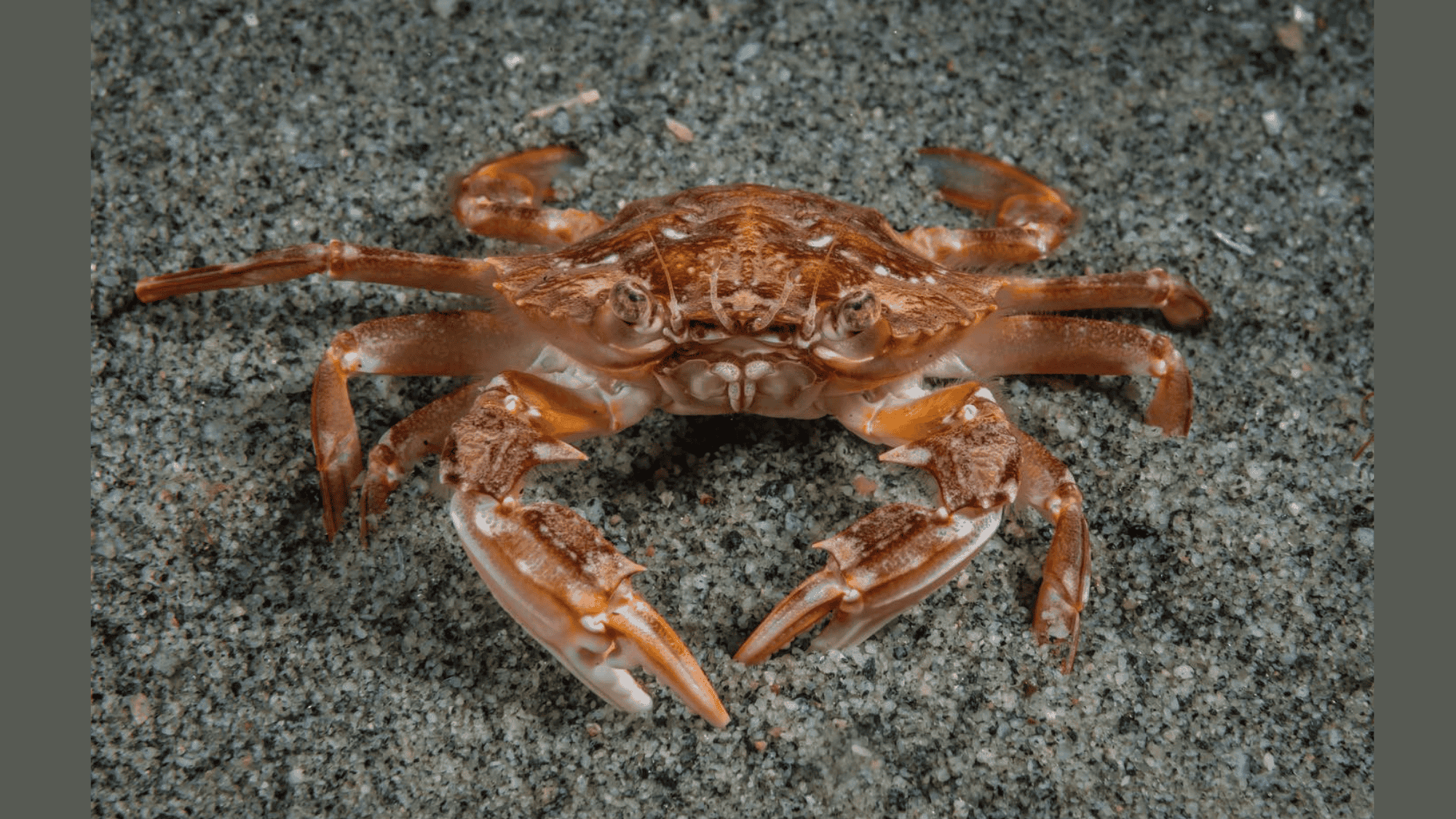
Swimming crabs have paddle-like rear legs that allow them to move swiftly through water. Found in Coastal waters, estuaries, and bays. They have long limbs and are used in many Asian seafood dishes.
Their meat is delicate, and their shells come in various colors like blue or green. They are commonly used in soups and stir-fries.
- Size: Width 4 to 6 inches
- Price & Availability: $6–$12 per pound; Common in seafood markets.
- Use: Boiled, stir-fried, or used in crab soups.
- How to Identify: Spot their flattened back legs and slender bodies. They move gracefully in shallow waters and are often found in estuaries or coastal seafood markets.
16. Hairy Crab (Mitten Crab)
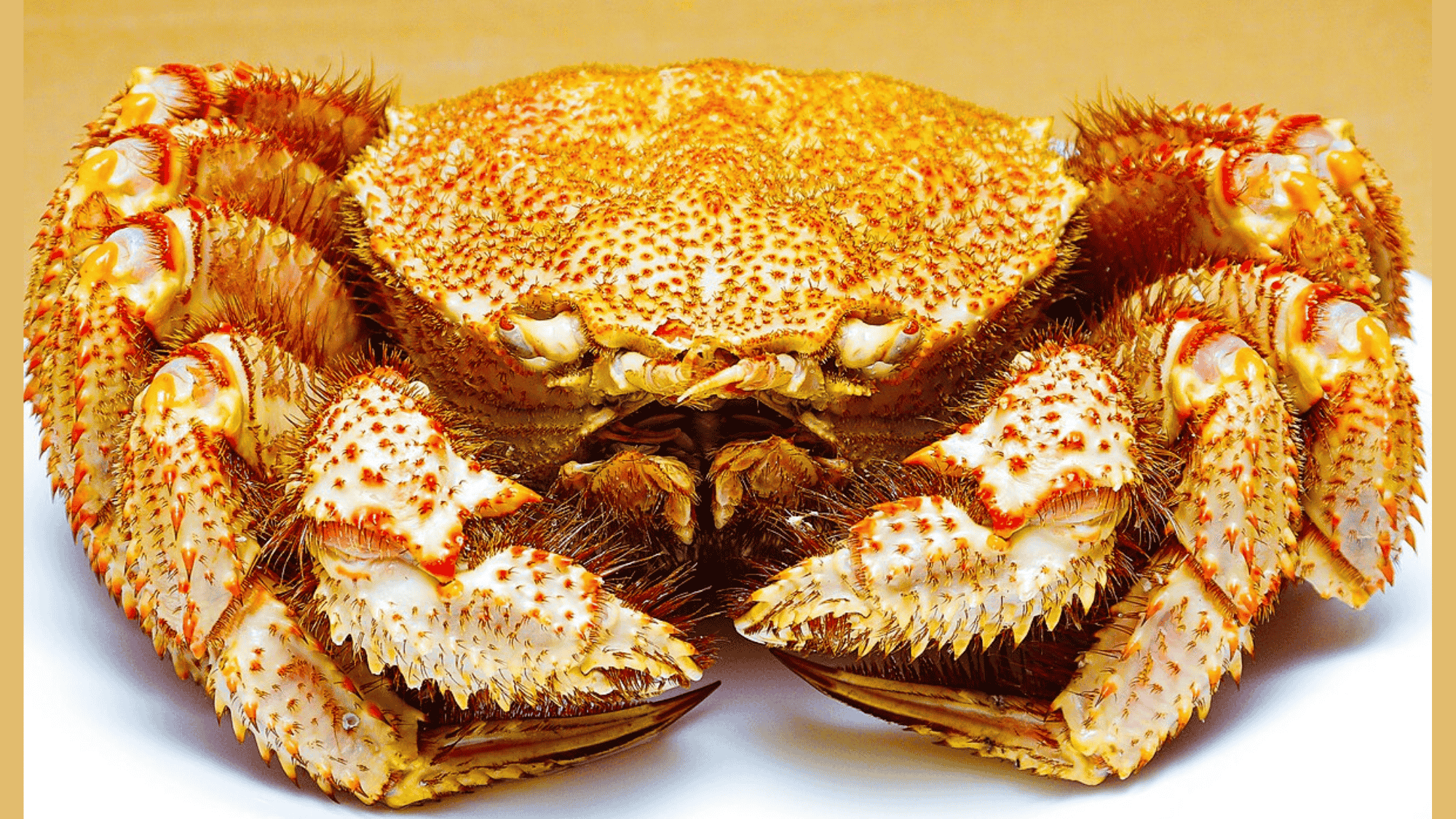
This small crustacean is famous in China for its flavorful roe and hairy claws. Known as the mitten crab, it’s a seasonal autumn delicacy.
It’s often steamed whole and served with vinegar. Found in freshwater regions like the Yangtze River, it’s prized for its rich, creamy texture.
- Size: Width around 2 to 4 inches
- Taste and Texture: Rich, slightly sweet; yellow roe is prized.
- Color: Olive green with furry claws.
- Price & Availability: $30–$80 per crab; Available during autumn.
- Use: Steamed whole, often served with vinegar and ginger.
- How to Identify: Identified by furry claws resembling mittens and olive-green shells. Typically available in autumn, especially in Chinese seafood markets or traditional restaurants.
17. Hermit Crab
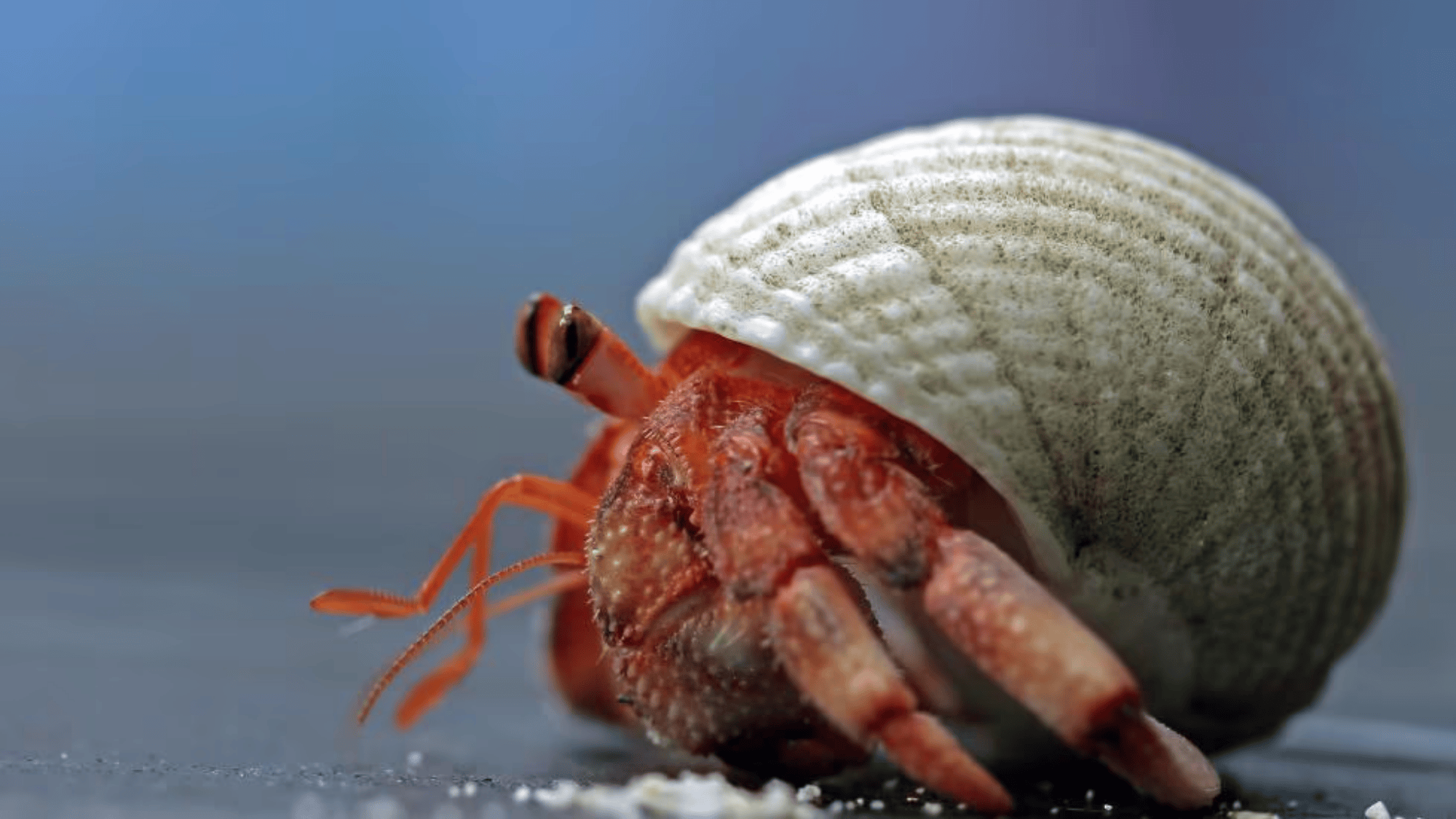
Hermit crabs aren’t true crabs. They have soft, curved bodies and occupy discarded snail shells for protection.
Popular as pets and studied in marine biology, they are not harvested for food. Found in tidepools and tropical coasts, their playful shell-switching behavior makes them fun to watch.
- Size: Small, under 6 inches.
- Taste and Texture: Not consumed.
- Color: Varies by species; often brown or orange.
- Price & Availability: $3–$10 each; Widely found in warm waters.
- Use: Kept as pets or studied in biology.
- How to Identify: Look for a small creature tucked into a shell, with legs and claws sticking out. They often change shells as they grow and live in groups.
Last but not least, crabs are more than just sea creatures—they are helpful, interesting, and fun to learn about.



